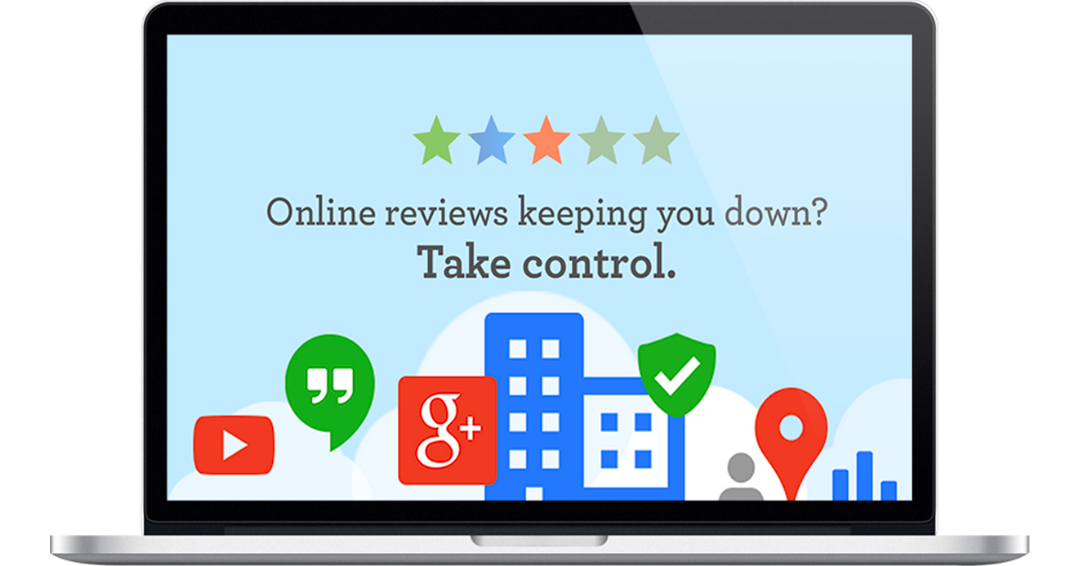In today’s digital age, where online platforms and social media dominate the business landscape, customer reviews have become a powerful tool that can either elevate your brand or deal a significant blow. While positive reviews can bolster your reputation, negative reviews present a unique opportunity for growth and improvement. Learning how to effectively handle negative reviews is a crucial skill that can turn dissatisfied customers into loyal advocates. In this blog post, we’ll explore the art of embracing and responding to negative reviews to benefit your business.
1. Don’t Take It Personally
Negative reviews can sting, especially if you’ve poured your heart and soul into your business. However, it’s vital to remember that criticism is not a personal attack. Separate your emotions from the situation and approach the review objectively. This mindset will allow you to respond constructively rather than react defensively.
2. Listen and Learn
Instead of viewing negative reviews as obstacles, view them as valuable feedback. They provide insights into areas where your business might be falling short. Analyze the feedback to identify common issues or patterns. This analysis can help you pinpoint weaknesses and focus your efforts on improving the right areas.
3. Respond Promptly and Professionally
A quick response shows that you value your customers’ opinions and are committed to resolving their concerns. Craft a polite and empathetic response that acknowledges the customer’s experience and expresses your desire to rectify the situation. Avoid generic responses; instead, address the specific points raised in the review.
4. Apologize and Take Responsibility
Even if you believe the negative review is unjustified, an apology can go a long way in defusing the situation. Apologize for the customer’s negative experience and assure them that this isn’t the norm for your business. Taking responsibility demonstrates your commitment to delivering a better experience.
5. Offer a Solution
Showcase your willingness to make things right by offering a practical solution. This could involve a replacement, a refund, or any other appropriate action. Be sure to customize your solution to fit the specific situation outlined in the review.
6. Move the Conversation Offline
While it’s important to address the negative review publicly to show potential customers that you’re attentive, aim to move the conversation offline as soon as possible. Provide a contact email or phone number so you can discuss the matter in more detail and reach a resolution without airing further grievances in public.
7. Implement Changes
The true value of negative reviews lies in the changes they inspire. Use the feedback you’ve gathered to improve your products, services, or processes. Document the steps you’re taking to address the issues raised, and consider sharing these improvements with your audience to showcase your commitment to quality.
8. Encourage Positive Experiences
Balance is key. While addressing negative reviews, don’t forget to encourage satisfied customers to share their positive experiences as well. Happy customers can provide a counterbalance to negative feedback, and their reviews can boost your overall rating and reputation.
9. Train Your Team
If the negative review was a result of poor customer service, use it as a learning opportunity for your team. Offer additional training or workshops to improve customer interactions and prevent similar issues in the future.
10. Monitor and Adapt
Continue to monitor reviews and feedback even after you’ve addressed the initial negative review. Use the insights gained to adapt and refine your strategies continuously. This ongoing process will help you stay responsive to your customers’ needs.
In conclusion, negative reviews don’t have to be detrimental to your business. Instead, they can serve as stepping stones toward improvement and success. By approaching negative feedback with an open mind, a professional demeanor, and a commitment to change, you can turn dissatisfied customers into brand advocates and strengthen your business in the process. Remember, it’s not about avoiding negative reviews, but about using them to foster growth.






Leave A Comment
You must be logged in to post a comment.